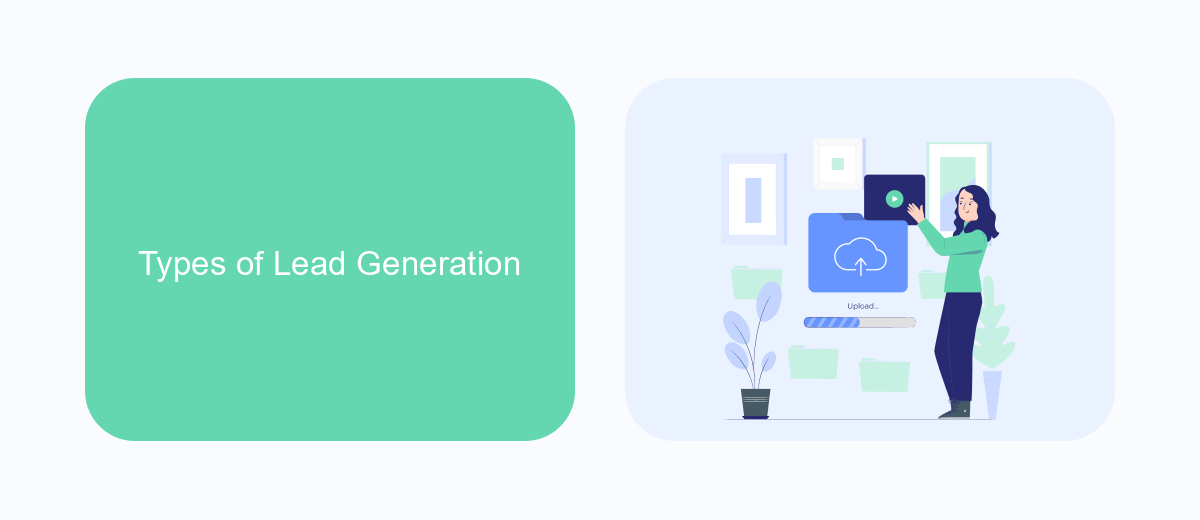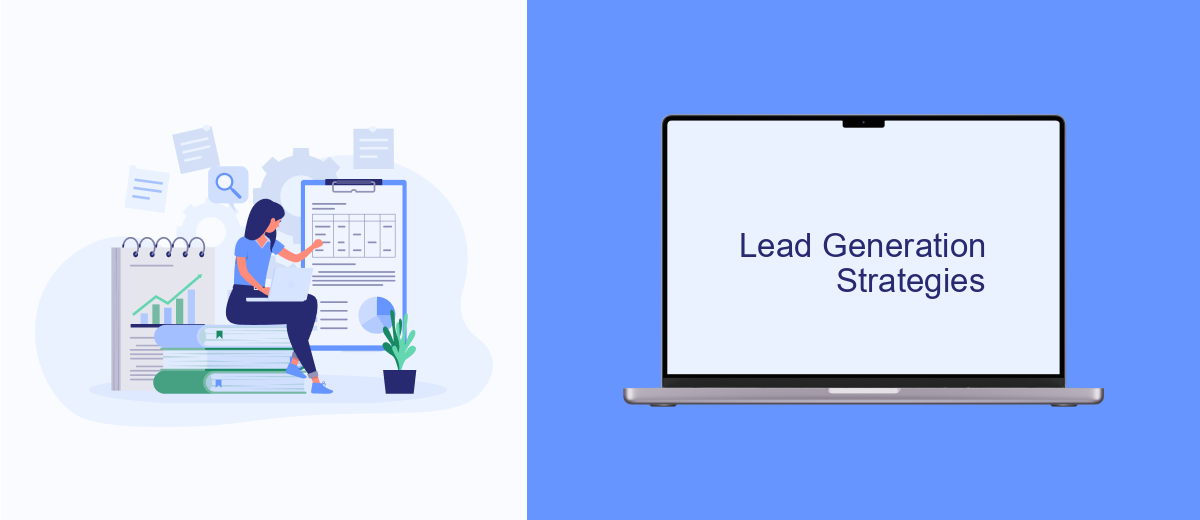Lead generation is a crucial aspect of modern marketing, essential for driving business growth and securing a steady stream of potential customers. By effectively identifying and nurturing prospects, companies can convert interest into tangible sales. This article delves into the fundamentals of lead generation, exploring strategies and tools that can help businesses optimize their efforts and achieve sustainable success.
Lead Generation Defined
Lead generation is the process of attracting and converting strangers and prospects into someone who has indicated interest in your company's product or service. It involves a variety of marketing tactics designed to capture potential customers' information, such as their name, email, or phone number, which is then used to nurture them through the sales funnel.
- Content Marketing: Creating valuable content to attract and engage potential leads.
- Social Media Marketing: Using social platforms to reach and interact with potential leads.
- Email Marketing: Sending targeted emails to nurture leads and convert them into customers.
- SEO: Optimizing your website to attract organic traffic from search engines.
- Paid Advertising: Using paid ads to drive traffic and capture leads.
Effective lead generation often requires integrating various tools and platforms to streamline the process. Services like SaveMyLeads can automate the collection and management of leads by connecting different marketing and sales applications, ensuring that no potential customer falls through the cracks. This integration helps businesses to efficiently track and nurture leads, ultimately increasing conversion rates.
Types of Lead Generation

Lead generation can be broadly categorized into inbound and outbound methods. Inbound lead generation focuses on attracting potential customers through content marketing, search engine optimization (SEO), and social media engagement. By creating valuable content and optimizing it for search engines, businesses can draw in prospects who are actively seeking information or solutions. Social media platforms also play a crucial role in engaging and nurturing leads by sharing relevant content and interacting with followers.
Outbound lead generation, on the other hand, involves reaching out to potential customers directly through methods such as cold emailing, telemarketing, and direct mail. This approach is more proactive and often requires a well-defined target audience. Additionally, integrating various lead generation tools and services can streamline the process. For instance, SaveMyLeads offers automation solutions that connect different platforms and streamline the flow of lead data, making it easier to manage and convert leads efficiently. By utilizing both inbound and outbound strategies, businesses can create a balanced and effective lead generation plan.
Benefits of Lead Generation

Lead generation is a critical component for the growth and sustainability of any business. By capturing and nurturing potential customers, companies can significantly enhance their sales pipeline and overall revenue. Effective lead generation strategies not only attract new prospects but also build stronger relationships with existing clients.
- Increased Sales Opportunities: By generating more leads, businesses have a higher chance of converting these prospects into paying customers.
- Improved Targeting: Lead generation allows companies to focus their marketing efforts on specific demographics, ensuring that they reach the most relevant audience.
- Cost Efficiency: Targeted lead generation strategies can reduce marketing costs by focusing resources on high-potential prospects.
- Enhanced Customer Insights: Gathering data from leads provides valuable insights into customer preferences and behaviors, aiding in more effective marketing strategies.
- Automation and Integration: Tools like SaveMyLeads can automate the lead generation process, integrating seamlessly with various platforms to streamline workflows and improve efficiency.
Incorporating a robust lead generation strategy can transform the way a business operates, driving growth and fostering long-term customer relationships. Utilizing services like SaveMyLeads can further enhance these efforts by automating processes and ensuring that no potential customer is overlooked.
Lead Generation Strategies

Effective lead generation strategies are essential for any business looking to grow its customer base and increase sales. These strategies help attract potential customers, nurture their interest, and ultimately convert them into loyal clients. By implementing a variety of tactics, businesses can ensure a steady flow of leads and maintain a competitive edge in the market.
One of the most important aspects of lead generation is understanding your target audience and tailoring your approach to meet their needs. This involves creating valuable content, optimizing your online presence, and leveraging various channels to reach potential leads. Additionally, integrating automation tools can streamline the process and improve efficiency.
- Content Marketing: Create engaging blog posts, videos, and infographics to attract and educate potential leads.
- Social Media Marketing: Utilize platforms like Facebook, LinkedIn, and Instagram to reach a wider audience.
- Email Marketing: Develop targeted email campaigns to nurture leads and keep them engaged.
- SEO: Optimize your website and content for search engines to improve visibility and attract organic traffic.
- Automation Tools: Use services like SaveMyLeads to integrate and automate lead generation processes seamlessly.
By combining these strategies and continuously analyzing their effectiveness, businesses can refine their lead generation efforts and achieve better results. Leveraging tools like SaveMyLeads can further enhance the efficiency of your campaigns, ensuring you capture and convert leads more effectively.


Tools and Technologies for Lead Generation
Lead generation relies heavily on a variety of tools and technologies to identify, attract, and convert potential customers. Customer Relationship Management (CRM) systems like Salesforce and HubSpot are essential for tracking and managing leads. These platforms enable businesses to organize customer data, automate communication, and analyze lead behavior. Email marketing tools such as Mailchimp and Constant Contact help in nurturing leads by sending targeted and personalized email campaigns. Additionally, social media management tools like Hootsuite and Buffer allow businesses to engage with potential leads on platforms like Facebook, LinkedIn, and Twitter.
Another critical aspect of lead generation is the integration of various tools to streamline the process. Services like SaveMyLeads facilitate seamless integration by automating the transfer of lead data between different platforms. For example, SaveMyLeads can automatically send leads from Facebook Lead Ads to your CRM or email marketing tool, ensuring no lead is lost in the process. Analytics tools such as Google Analytics and Hotjar provide insights into user behavior, helping businesses optimize their lead generation strategies. By leveraging these tools and technologies, companies can efficiently manage and convert leads, ultimately driving growth and revenue.
FAQ
What is lead generation?
Why is lead generation important?
How can I automate my lead generation process?
What are some common lead generation strategies?
How do I measure the effectiveness of my lead generation efforts?
What do you do with the data you get from Facebook lead forms? Do you send them to the manager, add them to mailing services, transfer them to the CRM system, use them to implement feedback? Automate all of these processes with the SaveMyLeads online connector. Create integrations so that new Facebook leads are automatically transferred to instant messengers, mailing services, task managers and other tools. Save yourself and your company's employees from routine work.
